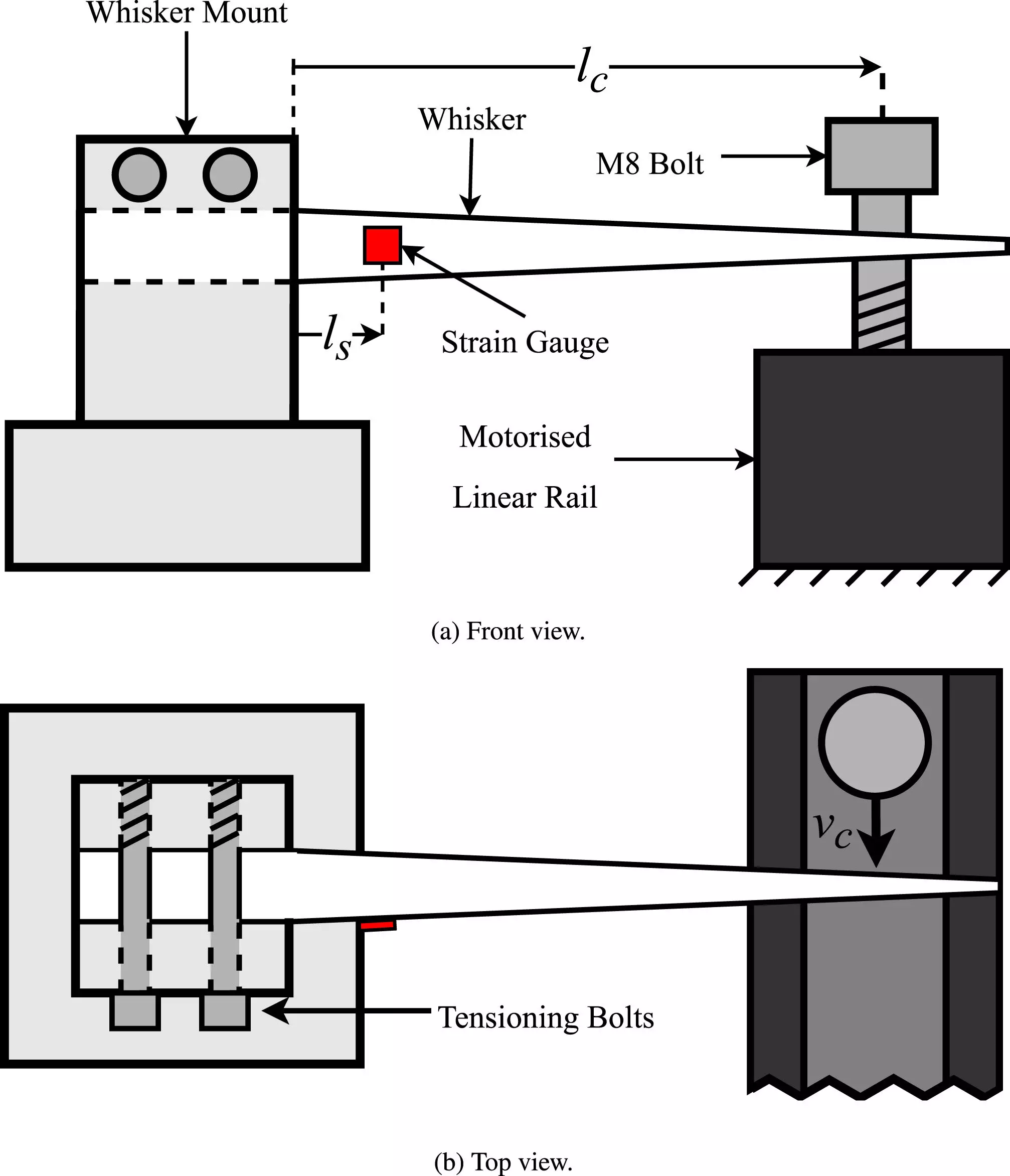Revolutionizing the field of robotics, Flinders University researchers are looking to the animal kingdom for inspiration. By developing affordable, flexible, and highly responsive ‘whiskers’ to attach to robots, they aim to enhance their tactile abilities in various environments. Unlike traditional methods such as lasers and camera vision, these whiskers offer a lightweight, cost-effective solution to overcome blind spots and detect objects with precision.
Similar to a rat’s whiskers, these sensors provide robots with the ability to detect properties of objects that may not be visible to the naked eye or regular sensors. By utilizing mechanical beam theory, researchers are focusing on designing an optimal whisker shape that allows robots to touch and interpret the weight of objects they encounter. This innovation could potentially enable robots to navigate through confined spaces, move obstacles out of their path, and avoid potential damage.
According to Simon Pegoli, a Ph.D. candidate at Flinders College of Science and Engineering, providing robots with effective tactile sensor systems is essential for advancing their capabilities. By equipping robots with ‘whiskers’, they can better map their tasks, visualize movement, and adapt to diverse environments. This technology opens up a new realm of possibilities for robotics, allowing them to interact with the world around them in a more intuitive and efficient manner.
Dr. Russell Brinkworth, an Associate Professor in Autonomous Systems, emphasizes the importance of bringing robotics out of the lab and into real-world scenarios. By integrating whiskers into artificial systems, researchers aim to replicate the sensory abilities of human fingertips, allowing robots to assess the weight, shape, and type of objects they encounter. This level of sophistication and adaptability is crucial for enhancing the autonomy and functionality of robots in a wide range of applications.
The development of electromechanical ‘whiskers’ represents a significant leap forward in the field of robotics. By drawing inspiration from nature and leveraging cutting-edge technology, researchers are paving the way for a new era of robotic innovation. With the potential to revolutionize industries such as manufacturing, healthcare, and exploration, these whiskers hold the key to unlocking a future where robots can navigate complex environments with ease and precision.


Leave a Reply